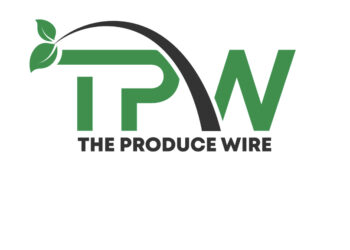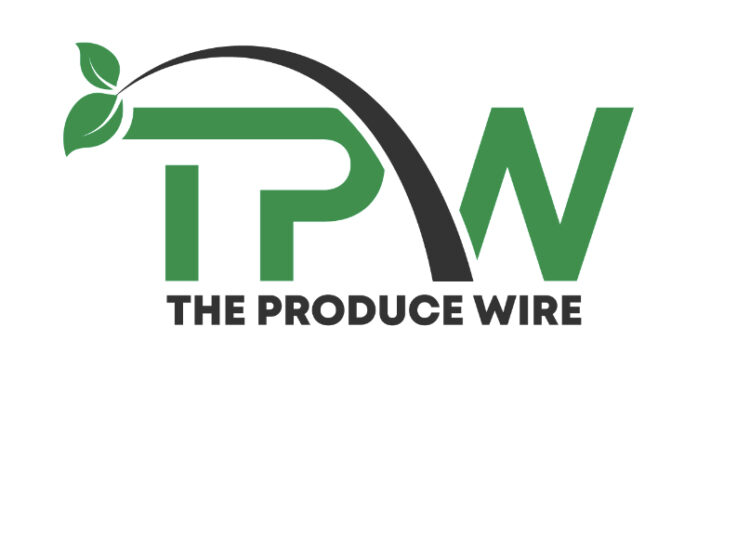— OPINION —
By Steven Grossman
Secretary Kennedy’ announcement came last Thursday: FDA’s contribution to the pending HHS reduction in force (RIF) would be 3,500 employees. That is not quite 20 percent of the agency’s total workforce. The RIF would be in addition to an unknown number of FDA employees who have already taken buyouts.
Because reviewers and inspectors are exempt, the RIF will be imposed on only a segment of the workforce. Logically, the policy, compliance, data collection, and regulatory staff are most at risk, as well as those whose jobs might be centralized at the Department of Health and Human Services (HHS). However, it is unclear whether the exemption is for inspectors or “inspection teams,” creating a severalfold difference in how many employees are exempt. I discuss this further in an FAQ about the RIF (here).
In sum, this is bad for FDA’s food functions. Further, it is plausible that the staff reductions might reach the point where some programs cannot be implemented effectively. Until we have the HHS plan and the size and distribution of the remaining staff, we cannot fully assess the consequences. Sadly, there is no evidence that there is a plan.
However, it is not too soon to be talking about what is at risk, including some of the Administration’s stated priorities.
Risk No. 1: Food safety — specifically the investigation of foodborne illnesses — is already underfunded, especially with regard to supporting the federal-state-local partnership that allows FDA to have dispersed staff in every part of the country.
In addition to general staff cutbacks, there is the question of whether the new Administration considers food safety a funding and staffing priority. In a recent FDA Matters blog column on Make America Healthy Again (MAHA) (here), I wrote:
Attention to food chemicals and nutrition — collectively, healthier food — is compelling, but it should not be at the expense of our investment in food safety.
Our complex and far-flung food supply is only safe because tens of thousands of people work vigilantly every day to make it so. A well-funded federal-state-local-global network lessens the risk, although even with adequate funds the risk never goes away.
Food will not be safe without substantial continuing investment in people, systems, and processes. There is a high future price to pay for any current neglect.
Risk No. 2: Food chemical safety is important to many FDA food stakeholders and was a priority of former Deputy Commissioner Jim Jones. The new Administration clearly wants to address food chemical safety issues.
While consumers and industry are battling over food chemical safety legislation at the state level, they agree on the value of robust funding and FDA leadership at the federal level.
However, reviews on existing chemicals are slow and expensive and the current federal investment is small. To upgrade this effort will require new funding — and retention and possible expansion of expert staff.
Risk No. 3: With sufficient dilution of staffing levels, FDA’s food programs risk becoming incapable of carrying out their work competently. I explained how that might come about at the beginning of my recent column on government downsizing (here)
This is a general threat to the American public, but also a specific challenge to several MAHA priorities: elimination of many food dyes, limiting or eliminating the Generally Recognized As Safe (GRAS) pathway, increasing federal research, evaluation, and oversight of food chemicals, and regulating or jawboning food manufacturers to achieve a healthier food supply.
Whatever the merits of those items — and I do see merit in some and not others — it is hard to see how those goals can be reached without significant new regulation, substantial program budgets, and a deep bench of expert staff. FDA’s food staff were up to these challenges on Jan. 1, but it is questionable whether that will still be so on Oct. 1.
About the author: Steven Grossman is a policy and regulatory consultant and author of the blog FDA Matters: The Grossman FDA Report (www.fdamatters.com). He is also the former Executive Director of the Alliance for a Stronger FDA.
(To sign up for a free subscription to Food Safety News, click here)














